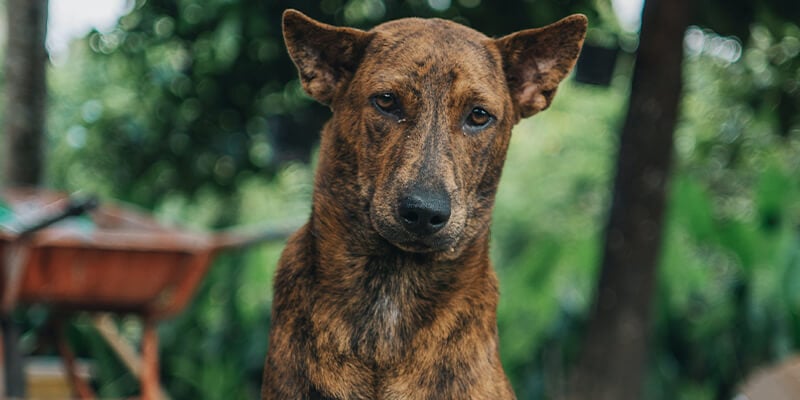PETA India Shows ‘Dancing’ Bears That They Really Care

In 2003, PETA India helped rescue six bears who were being forced to beg and perform tricks on the streets of Mumbai. With no protection from the sun, all of the bears were found with ropes forced through their noses. The bears were taken to a rescue centre outside Agra. PETA India was also instrumental in rescuing five more bears from madaris and taking the animals to rehabilitation centres.
“Dancing” bears were a common – but tragic – sight in India. Even though it has been illegal to capture bears since 1972, this law was blatantly ignored, and madaris made bears dance for up to 12 hours a day. When the bears are just 1 year old, cubs had their canine teeth knocked out and ropes forced through their noses without any painkillers. During this process, the cub was held down while a red-hot needle is forced through the squealing animal’s nose. A rope was then shoved into the piercing, which usually becomes infected.
When the ropes attached to the traumatised bears were tugged, the animals lifted their legs and “dance”. Bears were trained through a regime of pain and starvation, and they rarely survived more than eight years – a third of their natural life expectancy.
No animal should have to “bear” this type of abuse. Never patronize a roadside animal show, whether they use bears, monkeys or snakes. If you see tourists encouraging such a show, speak to them about the cruelty. In 2009, it was reported that India’s last dancing bear was rescued from a life of neglect and . If, however, you still see any madari with a bear, report him to the closest police station.







